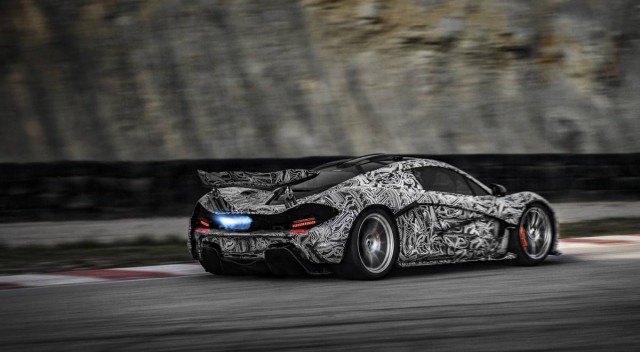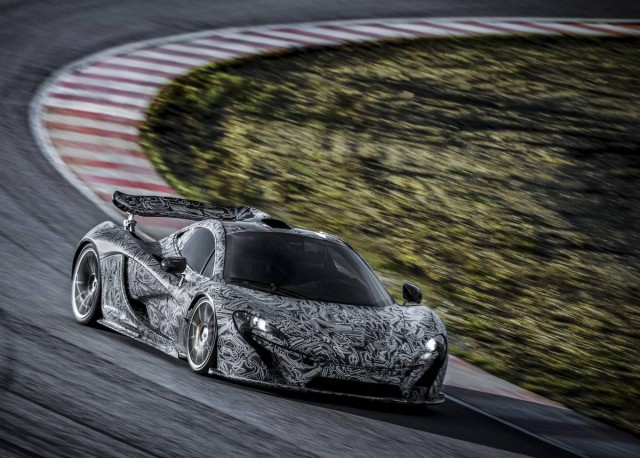The McLaren F1’s successor leaves us exponentially more stunned with every image and video that McLaren’s puts out on the web. The P1 also known to the media for a while as P12 is expected to be powered by the MP4-12C’s V8 but churning out in excess of 800bhp with an additional 200 bhp expected from the KERS system.
McLaren has also been adamant that the supercar will be more about an all round capable car with superb handling rather than just stake a claim to being the fastest production car. ‘Our aim is not necessarily to be the fastest in absolute top speed but to be the quickest and most rewarding series production road car on a circuit,’ says McLaren Automotive Managing Director Antony Sheriff. ‘It is the true test of a supercar’s all round ability and a much more important technical statement. Our goal is to make the McLaren P1 the most exciting, most capable, most technologically advanced and most dynamically accomplished supercar ever made.’
The video shows various P1 prototypes with codenames starting with XP being tested at various locations round the world. Of course, the obligatory engineers with laptops make an appearance too, in slow motion, mind you.
McLaren has used computational fluid dynamics aerodynamic modelling and custom Formula 1 derived dynamics simulation tools to ensure the aerodynamic supremacy of the P1 even before the first prototype was built. The P1 will also house a number of bespoke components including a highly-efficient braking system from Akebono, Pirelli high performance tyres and as you would expect from McLaren, Mobil 1 provides cooling, lubrication and hydraulic fluids.
The new images also bring to light rear wing that was not present in the design study presented at the Paris Motor Show in 2012.




